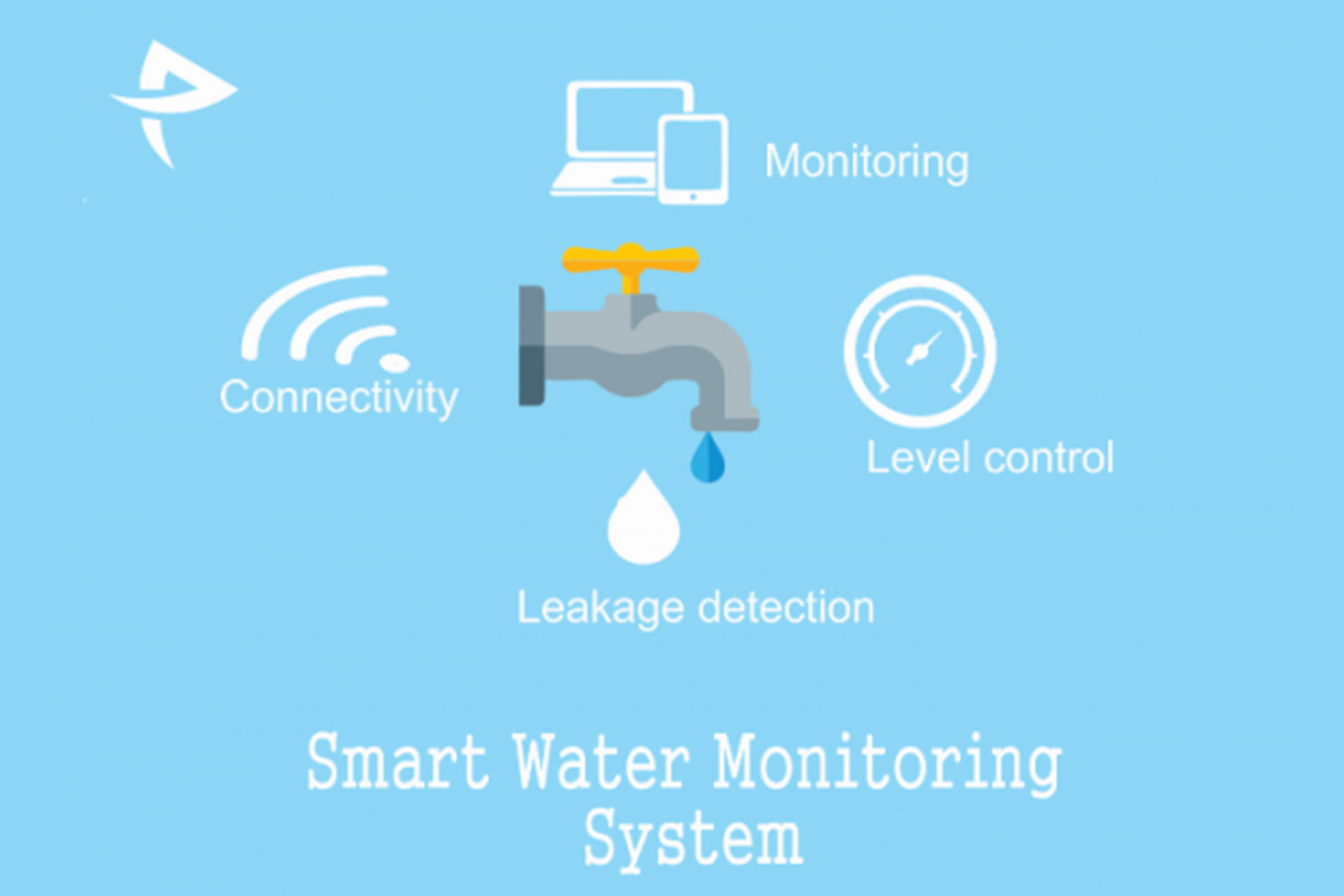WATER MONITORING
-
Home
- Solutions & Services/IOT Solutions
- A stepping stone to wireless water metering
- Automatic meter reading of water consumption in residential, industrial and commercial establishments
- Ability to consolidate data at a local center for analysis and billing
- Reduce manual error and data collection cost
- Retrofit solution without wiring and installation rework
- Low cost of installation and ownership
- Low operational cost and maintenance
- Cloud and mobile based connectivity
Solution from Maven and flow measurement
- Solution based on Maven’s WiART series of low power radio frequency solution
- Wireless solution with higher area coverage
- Cloud and mobile based connectivity
Remote monitoring via cloud based application
- Plug-n-play, easy to install, retrofit solution
- Alerts and alarms for consumption or deviation
Lower installation and operational cost
- More than 200 meters in one network require one GPRS connection
- Centralized analysis of water consumption over the cloud
- Export of data in CSV format for ease of billing
- Daily / monthly / weekly reports
- Water consumption
- Audit reports
- User activity report
- Configuration
- Site
- User
- Role
- 1 Make your water meter wireless
- Module supports inbuilt 2g network for hopping of data
- The interfaces supported for integration of module are
- PWM / Pulse input / RS 232 / RS 485 / 4-20 mA interface
- In case of mechanical meter additional scan sensor interface to convert mechanical movement of needle shall be required.
- Communication protocol between the meter and WiART
- Modbus / custom protocol
- 2 Data collection
- Data concentrator based automatic data collection
- Proximity scan interface sensor / pulses from electronic meters measure the water flow and generates the metering data
- The RF module converts the data into logical meter reading and transfers the data on wireless RF to the data concentrator unit (DCU).
- The data concentrator unit (DCU) would be placed in a locality. It would fetch the data from RF enabled water meters and send it to the cloud based server application over GPRS
- The data concentrator would be 230 V powered

Newsletter
Subscribe Us to join
Our Community



